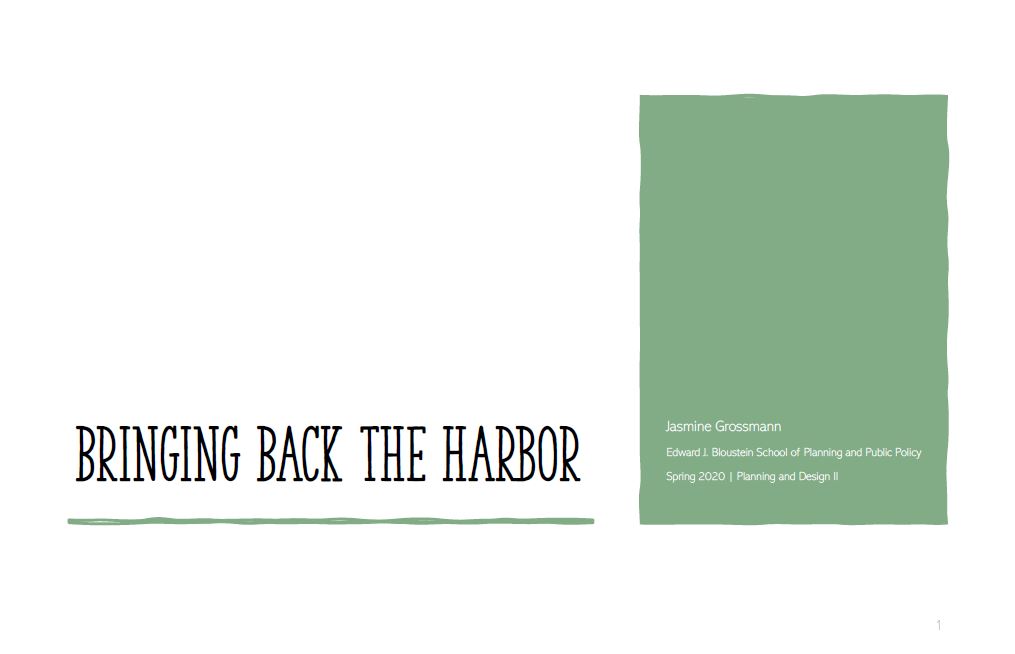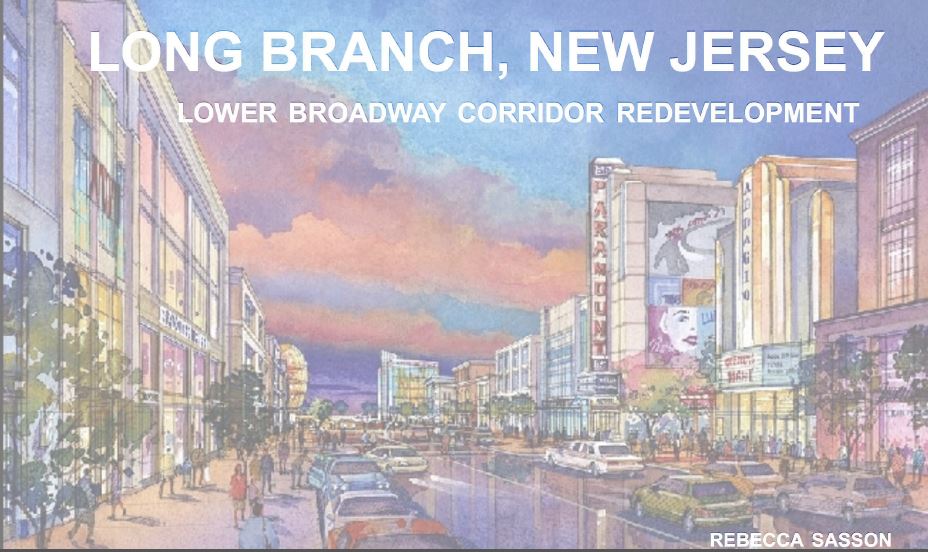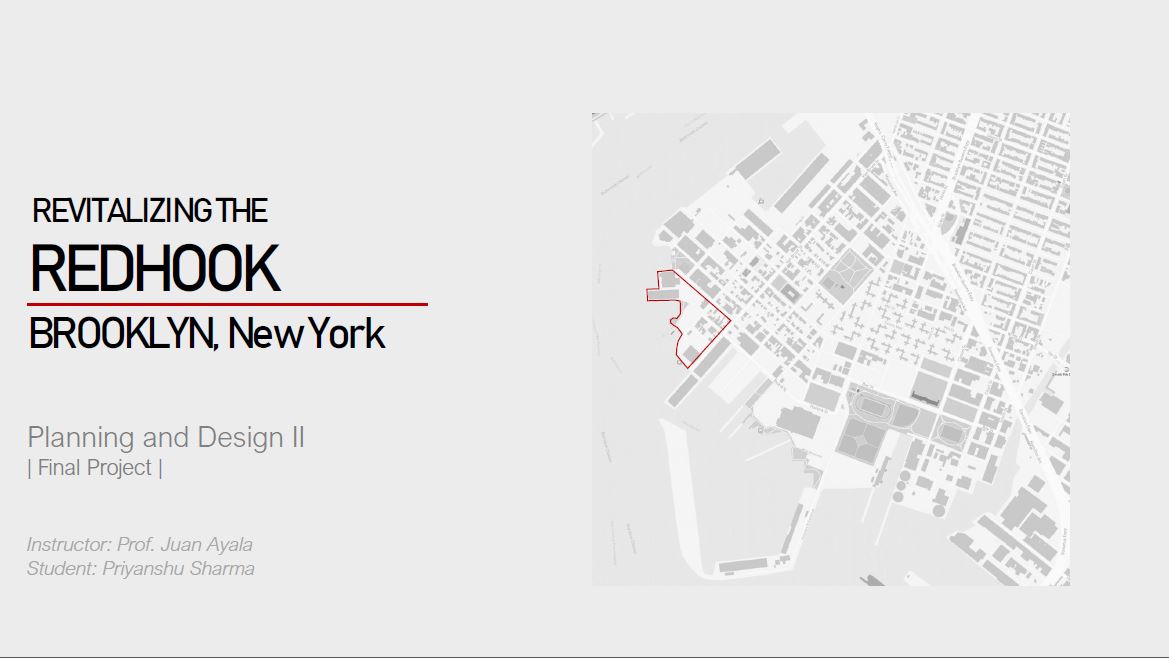Undergraduate students in assistant professor of practice Juan Ayala’s class, Planning and Design II, learned the basic skills in design research and site design by using site planning tools to develop ideas and solutions. Drawing upon real-world urban development issues to provoke discussion of today’s community development challenges, students gained an understanding of how sustainable communities have long term benefits to the economy, public health, and the natural environment. Using design research and site planning strategies, students designed redevelopment sites in our region to achieve community health through active design and context-sensitive planning. and community needs.
The course emphasizes design leadership, critical thinking, and visualization, enabling students to focus not just on problem-solving, but also understanding the associations between design and user, and between stakeholder interest and community needs.
“As a school accredited by the Planning Advisory Board, our curriculum must focus on the essential knowledge, skills, and values central to the planning profession,” said Professor Ayala. “This course primarily focuses on six components required for the use and application of knowledge to perform specific tasks required in the practice of planning, specifically research; written, oral and graphic communication; quantitative and qualitative methods, including data collection and analysis; plan creation and implementation; planning process methods; and leadership.
Several students in the class chose projects that encompassed building Healthy Communities. Two students, Jasmine Grossman and Rebecca Sasson, recently completed their undergraduate requirements in the school’s B.S. Urban Planning and Design/MCRP 5-year program and will be returning for their final year of studies in the MCRP program. Jasmine used place-making strategies to create a new community plan that would enhance the relationship between a community and its beaches, while Rebecca Sasson advantage of a new beachfront development to revive an older downtown. First-year MCRP student Priyanshu Sharma revealed the potential for a vibrant waterfront area with a mix of uses that could revive a neighborhood’s center.

Bringing Back the Harbor, Old Bridge, NJ
by Jasmine Grossman
The expansion of Route 35 has obliterated the character and use of many small beach town communities in New Jersey. This concept plan uses place-making strategies to create a new crossroads intending to re-stitch the relationship between a community and its beaches. The new community plan encourages people to walk, with more open spaces for leisure, entertainment, and active play. The plan consists of a walkable pedestrian network between the neighborhood and the beach; and open areas for entertainment venues. Open air, lush landscapes, and public spaces give people the opportunity to visit a different place every day of the week.

Long Branch Downtown Gateway, Long Branch, NJ
by Rebecca Sasson
A new development along the beachfront sparked an interest in this old beach town. This concept explores the possibility of using the energy of the new development to revive an old downtown before the energy is absorbed in commercial strip malls along route 35. The concept plan provides open space for emergency response to community health threats and provides open space for community members and visitors to enjoy the town at large.

Revitalizing the Red Hook Waterfront, Brooklyn, NY
by Priyanshu Sharma
A look at the once segregated neighborhood of Red Hook reveals the potential for a vibrant waterfront with a mix of uses leading to the neighborhood’s center. This plan allows first responders and local government officials to plan out strategic medical response stations while community members can exercise social distancing in the large open public realm.
